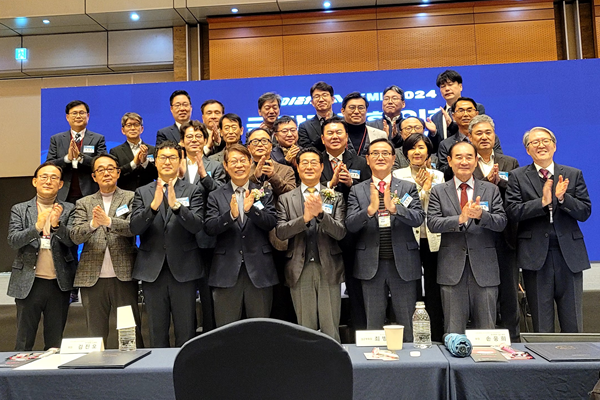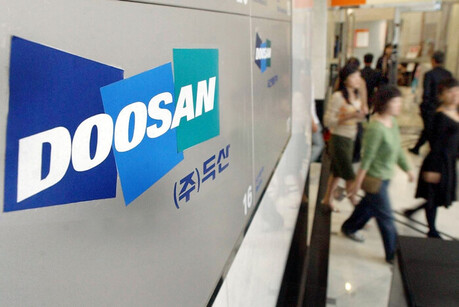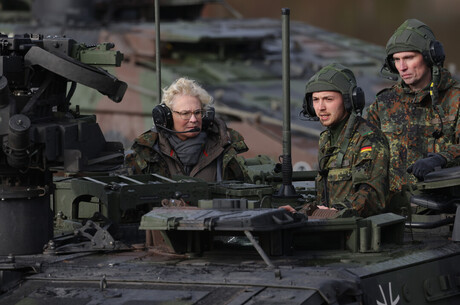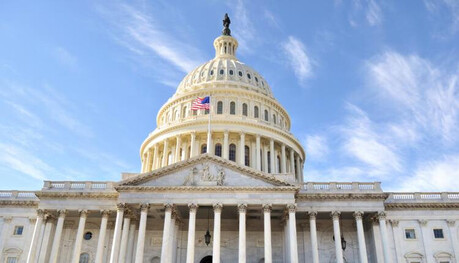
Seoul, South Korea – The Korea Robot Industry Association has officially launched the Defense Robotics Council, bringing together over 80 companies to collaborate on advancing robotics technology for military applications. The council aims to enhance South Korea's defense capabilities and address the challenges posed by a shrinking military workforce.
The inaugural meeting of the council was held on November 28th in Seoul, with over 200 industry representatives in attendance. Dr. Park Yong-woon, former director of the Defense Advanced Technology Institute at the Agency for Defense Development, was appointed as the council's first chairman.
In his inaugural address, Dr. Park outlined a three-pronged strategy for the council: fostering a robust ecosystem, ensuring rapid response to crises, and aligning planning, policy, and combat experimentation.
During the event, Minister of National Defense Kim Yong-hyun delivered a video message emphasizing the urgent need to modernize the military through advanced science and technology to address the declining number of eligible conscripts. He highlighted the crucial role of the private sector in building a technologically advanced military force equipped with AI-powered unmanned combat systems.
Kim Jin-oh, president of the Korea Robot Industry Association, expressed his commitment to supporting the growth of the robotics industry and leveraging its potential to enhance the nation's defense capabilities. Choi Byung-ro, executive vice president of the Korea Defense Industry Agency, emphasized the importance of robotics in addressing manpower shortages and ensuring a sustainable defense posture.
To further strengthen collaboration, the Korea Robot Industry Association, the Korea Defense Industry Agency, and the Korea Robot Industry Promotion Institute signed a memorandum of understanding (MOU) to work together on developing long-term national R&D policies for defense robotics, fostering a robust ecosystem, promoting the growth of component industries, and addressing regulatory challenges.
[Copyright (c) Global Economic Times. All Rights Reserved.]






























